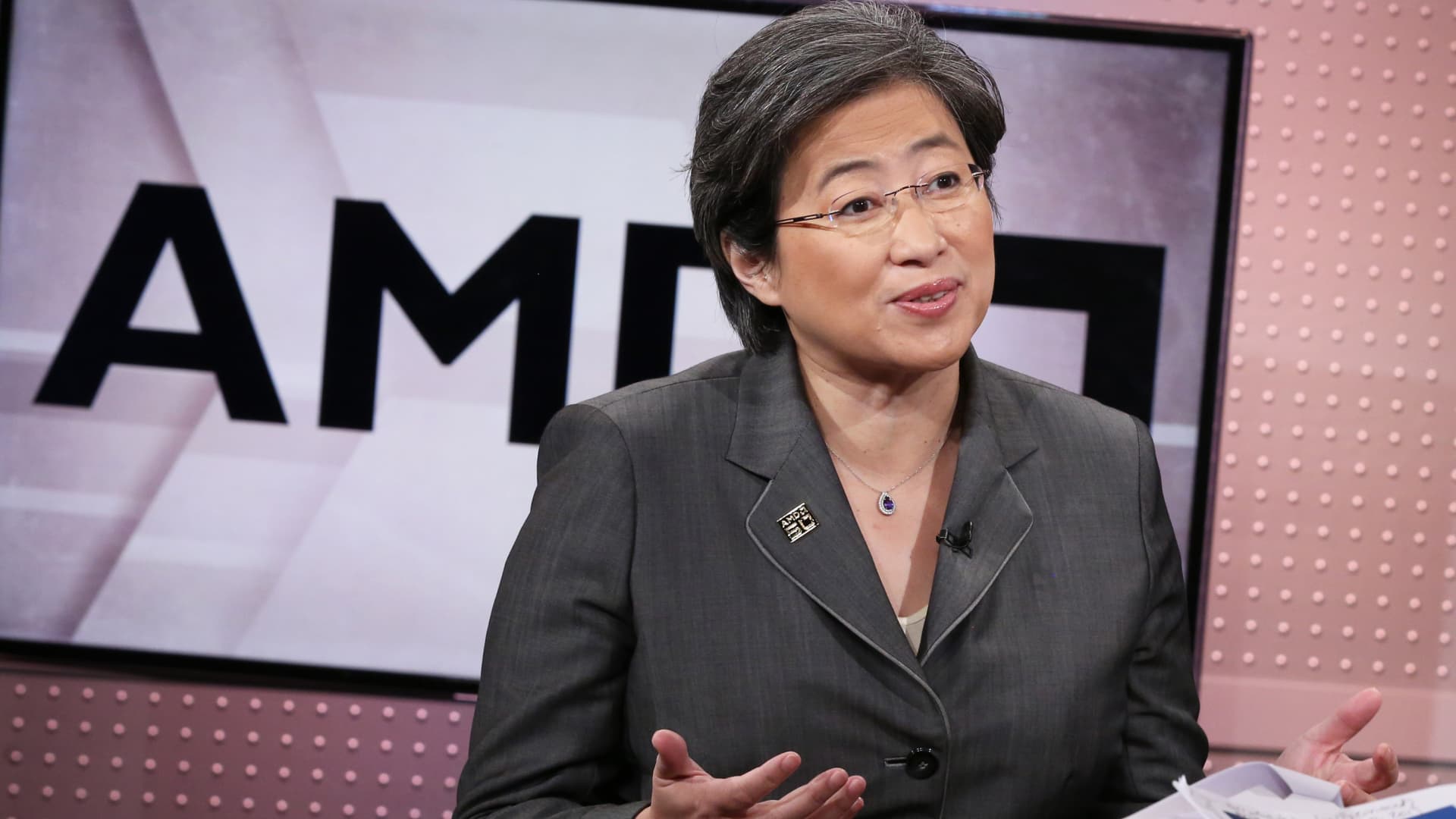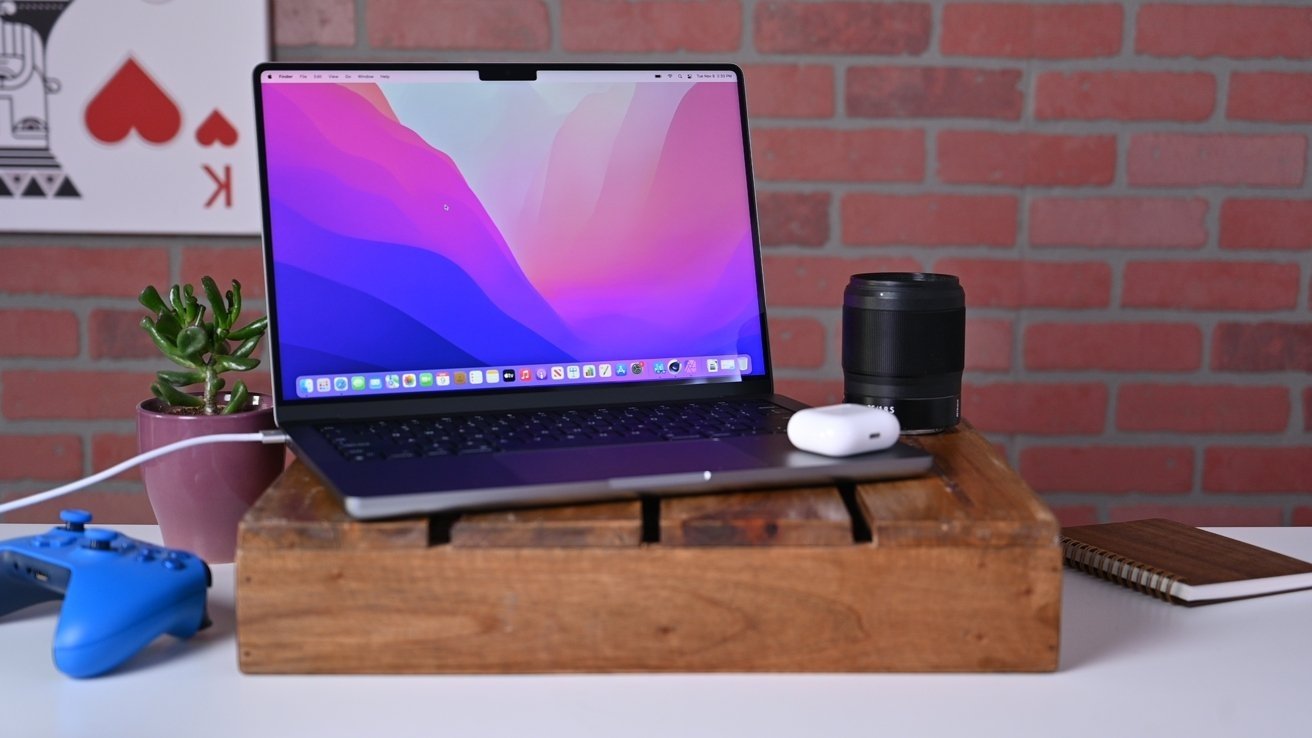Intel beats but offers disappointing guidance
Intel called for weaker-than-expected second-quarter earnings and revenue as it plans exapansion through factories in the U.S. and Germany.
Intel’s Client Computing Group, which includes PC chips, produced $9.29 billion in revenue, down 13% and below the $9.42 billion consensus estimate among analysts surveyed by Refinitiv. Research firm Gartner had estimated that PC shipments fell 6.8% during the quarter, and on Tuesday Microsoft said it saw strength in the business PC market, boosting Windows license sales from device makers.

AMD sales jump 71%, shrugging off concerns about PC slowdown
AMD reported first-quarter earnings after the bell on Tuesday, beating analyst estimates for earnings and revenue.
PC sales are reported in AMD’s computing and graphics segment, which rose 33% on an annual basis and was 8% higher than the December quarter. AMD said that the increase was driven both by central processors and graphic processor sales, and that the average sales price for Ryzen processors rose during the quarter.
Even Apple had a party at Intel's expense:

Mac shipments grew in Q1 2022 as PC market slumped | AppleInsider
Apple's Mac business is continuing to enjoy growth in Q1 2022, according to IDC, with shipments continuing to rise year-on-year in the period while the PC market slows down.
I hope Intel has a plan other than the same old same old one.
[Edit - fixed the bad Intel article link.]
Last edited:


